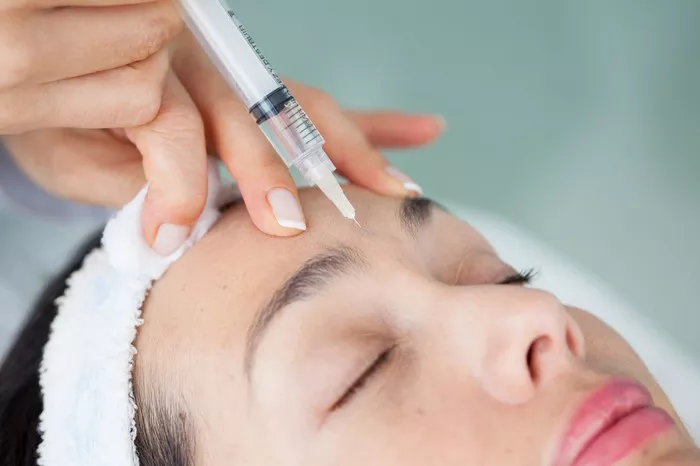Fat injections, also known as fat grafting or fat transfer, are a popular cosmetic procedure that involves transferring fat from one area of the body to another, typically the face, to add volume and restore a youthful appearance. Many individuals considering fat injections in the face wonder how long the results will last. In this article, we will explore the longevity of fat injections in the face and the factors that can affect their duration.
Understanding Fat Injections in the Face
Fat injections in the face involve harvesting fat from areas such as the abdomen, thighs, or buttocks through liposuction. The harvested fat is then purified and injected into specific areas of the face that have lost volume or show signs of aging, such as the cheeks, temples, or under-eye hollows. The procedure aims to provide natural-looking results by restoring volume and rejuvenating the facial contours.
Longevity of Fat Injections
The longevity of fat injections in the face can vary from person to person. While some individuals may experience long-lasting results, others may notice some degree of fat resorption over time. On average, fat injections can last anywhere from several months to several years. Here are some key factors that can influence the longevity of fat injections:
1. Fat Survival Rate
After the fat is injected into the face, a portion of the transferred fat cells may not survive. The survival rate of the fat graft can vary, but typically ranges from 50% to 80%. The surviving fat cells establish a blood supply and become a permanent part of the recipient area. The initial swelling and settling of the fat can make it difficult to assess the final outcome immediately after the procedure.
2. Technique and Expertise
The technique used during the fat injection procedure plays a crucial role in the longevity of the results. A skilled and experienced plastic surgeon or dermatologist will employ precise injection techniques to ensure that the fat is distributed evenly and in the appropriate layers of the facial tissue. This can help optimize fat cell survival and enhance the longevity of the results.
3. Individual Factors
Each individual’s body and metabolism are unique, which can impact the longevity of fat injections. Factors such as age, overall health, lifestyle habits, and genetics can influence how the body responds to the transferred fat. Younger individuals with healthier skin and better blood circulation may experience better fat survival compared to older individuals or those with compromised circulation.
4. Weight Changes
Significant weight fluctuations can affect the longevity of fat injections in the face. Weight gain or loss can alter the distribution of fat in the body, potentially impacting the appearance of the facial fat grafts. It is advisable to maintain a stable weight to help preserve the results of the fat injections.
5. Lifestyle and Skincare Habits
Certain lifestyle choices and skincare habits can influence the longevity of fat injections. Protecting the skin from excessive sun exposure, following a healthy diet, avoiding smoking, and practicing a consistent skincare routine can help maintain the overall health and quality of the skin, which can indirectly impact the longevity of the fat grafts.
6. Follow-up Treatments
In some cases, additional touch-up treatments may be required to maintain the desired results. Depending on the individual’s goals and the degree of fat resorption, periodic follow-up treatments may be recommended to ensure long-lasting outcomes.
Managing Expectations
It is essential to have realistic expectations when undergoing fat injections in the face. While the results can be long-lasting, they are not permanent. Over time, some degree of fat resorption is expected, and touch-up treatments may be necessary to maintain the desired volume and contours. It’s important to discuss these expectations with your plastic surgeon or dermatologist during the initial consultation to ensure a clear understanding of the potential outcomes.
Conclusion
The longevity of fat injections in the face can vary from several months to several years. Factors such as fat survival rate, technique used, individual factors, weight changes, lifestyle habits, and follow-up treatments can influence the duration of the results. Consulting with a qualified and experienced plastic surgeon or dermatologist is crucial to discuss individual goals, assess candidacy for the procedure, and receive personalized recommendations for optimal outcomes. With proper care and maintenance, fat injections can provide natural-looking results and help restore a youthful appearance to the face.

